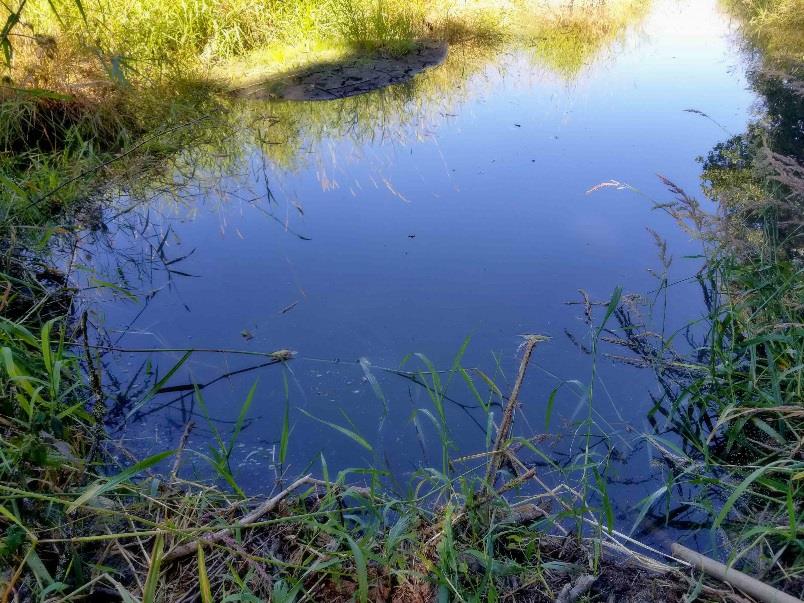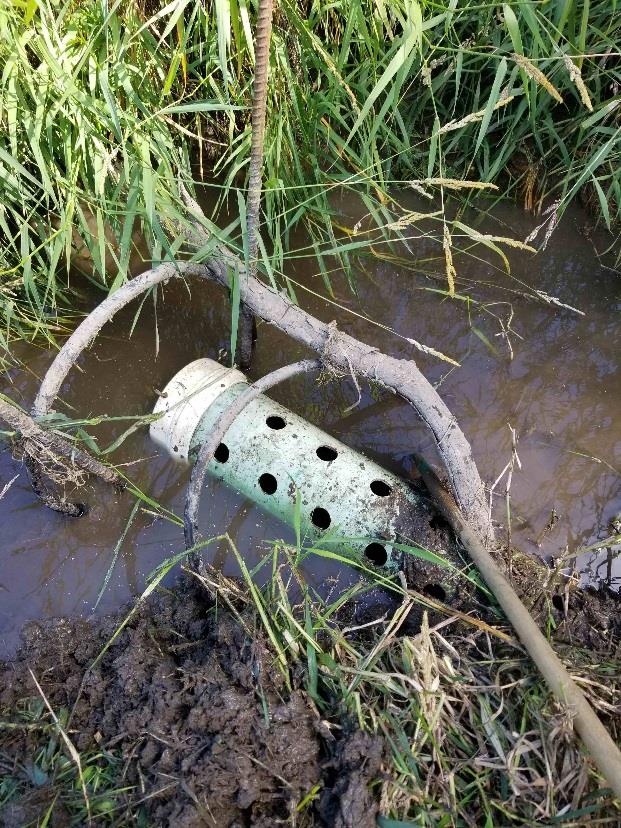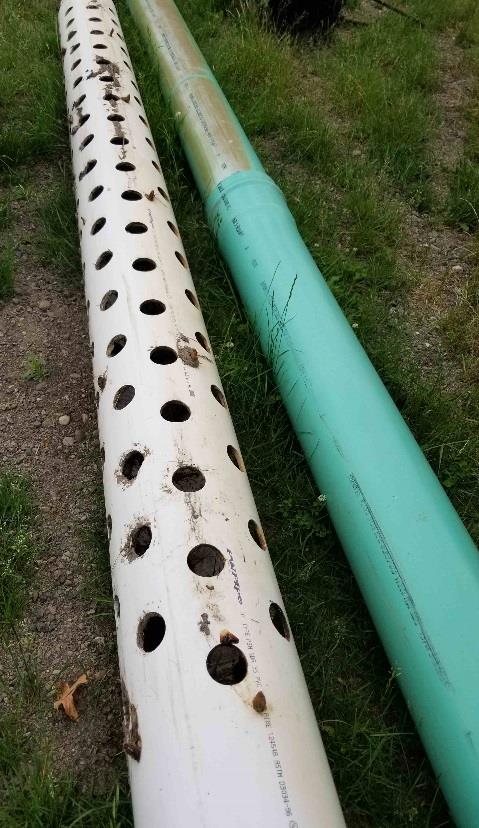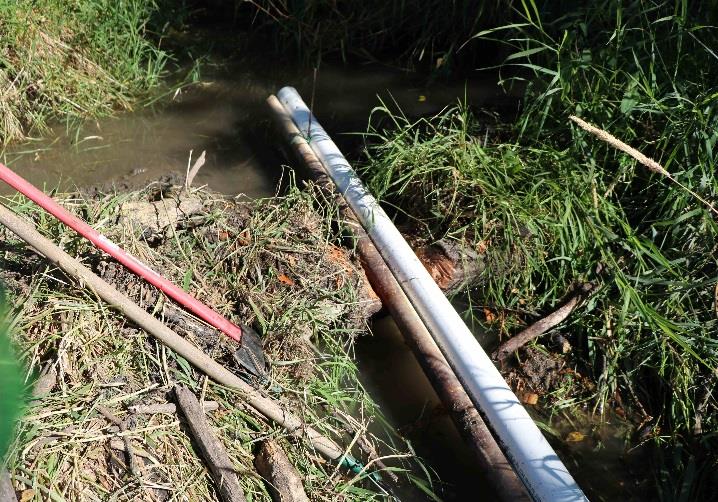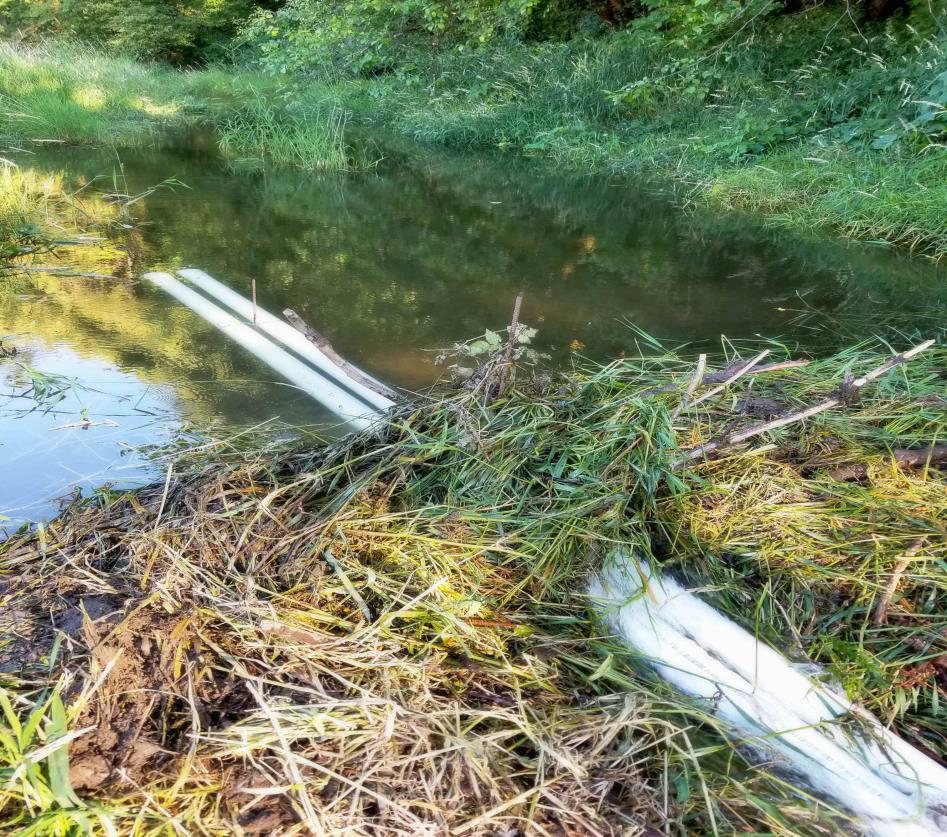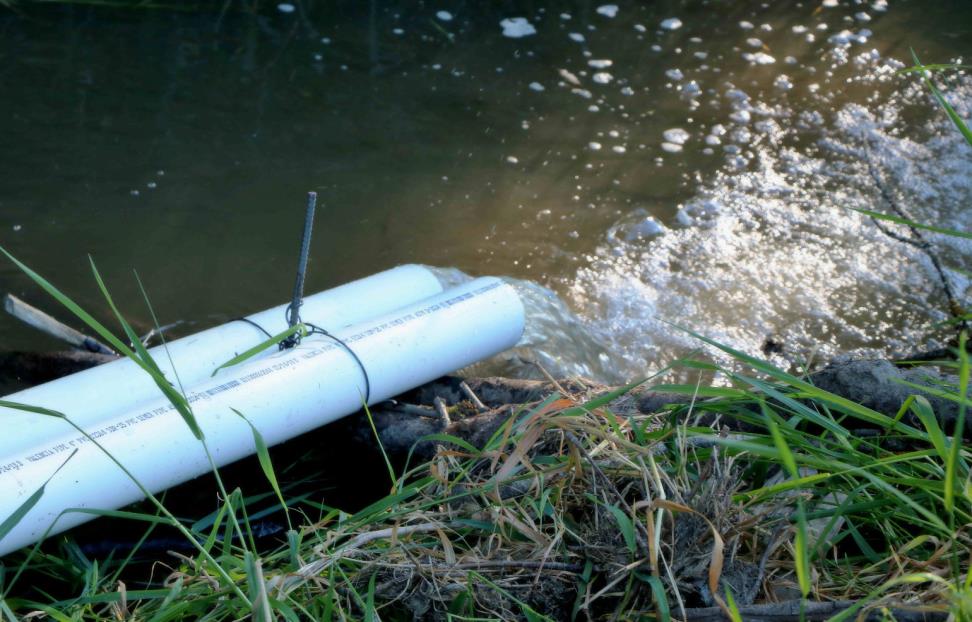Developing Harmony With Beavers While Maintaining Downstream Water Flow In Small Tributary Streams
Beavers provide many benefits to streams and other wildlife. However, on small tributary streams that have low summer flows, upstream beaver dams can create serious seasonal problems to downstream pools where salmon fry and juvenile salmon and steelhead fish exist. If salmon are able to negotiate the upstream beaver dams and spawn, the dams may provide effective rearing pools to carry the fry thru the summer. However this is not always the whole situation. See the East Fork tributary stream beaver dams that are limiting summer water flow to downstream fish rearing pools.
Beaver dams on small streams can also cause loss of young (fry and juveniles) salmon living in downstream pools. Depending on upper stream channel conditions and beaver dam heights, salmon trying to travel farther upstream to spawn may not be able to pass over the dams in order to reach areas that might have good spawning gravel and other needed conditions.
Dams that substantially reduce flow below the dams have the effect of lowering water levels in pools which increases predation and stress. Pool and stream temperatures increase because inflow of cooler water is reduced. Oxygen content in the pools is also reduced because low flow thru riffle areas does not create adequate air and water mixing as it passes thru the riffles and other steep sections of the stream channel. On the East Fork of the Lewis River, there are some small but fish production important tributary streams that have this problem. Some of these tributaries are spring fed with cold water or have good groundwater flows that supply relatively cool water.
There are various types of solutions for beaver dam issues. The type of treatment will depend on the mix of stream conditions and size of stream. Just cutting a notch in a beaver dam to allow more water to flow out is usually a very temporary solution as the beavers will rebuild the dam overnight. It then becomes an inefficient time and labor consuming process. One approach used by fish and wildlife agencies in many places in North America for this particular mix of conditions, — is to use “beaver deceivers” pipes of various sizes which are inserted thru the beaver dam to maintain a flow.
Based on the stream and site conditions data, a series of calculations are made to determine how much water flow is needed downstream and would be taken out of the pool behind the beaver dam while still maintaining a livable pool of water for sustaining the beaver using that section of the stream. The “deceiver” pipe must be long enough both above and below the dam so that the beavers will not block the pipe intake or outflow at the lower end of the pipe. There is a large amount of information available on the application and use of beaver deceivers. Quite a bit of “How To” direction for designing and installing deceivers can be found by doing a basic “Google” search.
No matter what mix of treatments or technology are used, performance of the deceivers must be monitored as well as downstream pool and stream channel conditions. Monitoring will help to make sure everything is working properly and in balance — as well as if adjustments need to be made in the beaver deceiver system. Proper installation of “Beaver Deceivers” takes teamwork — as shown in the attached photo of “Beaver Deceiver Team-6”.
Richard Dyrland, Friends of the East Fork Lewis River
Retired Federal Regional Hydrologist and Natural Resources Policy and Program Analyst

